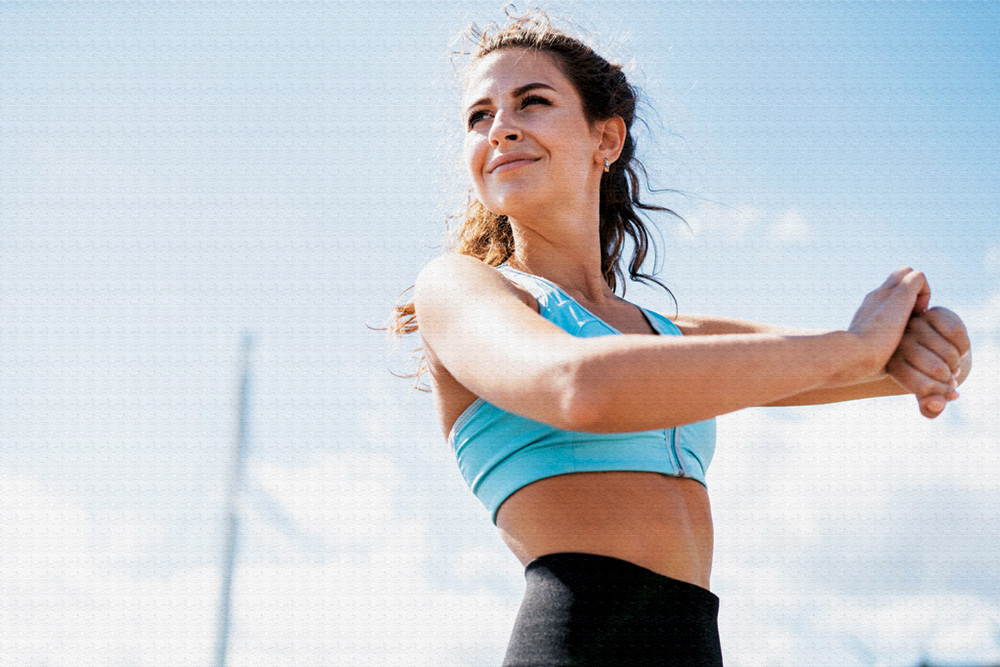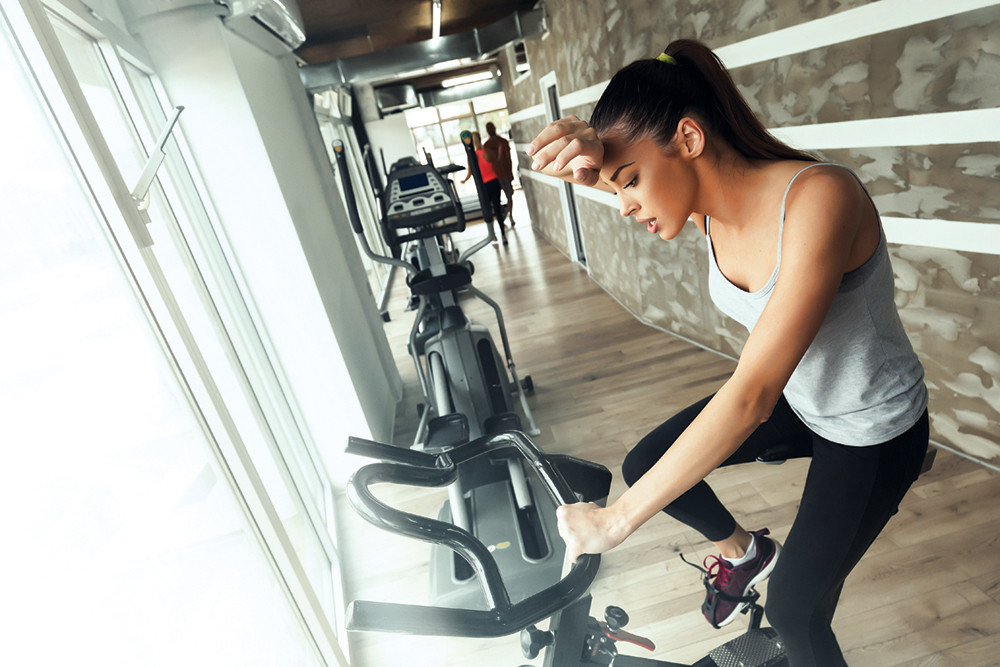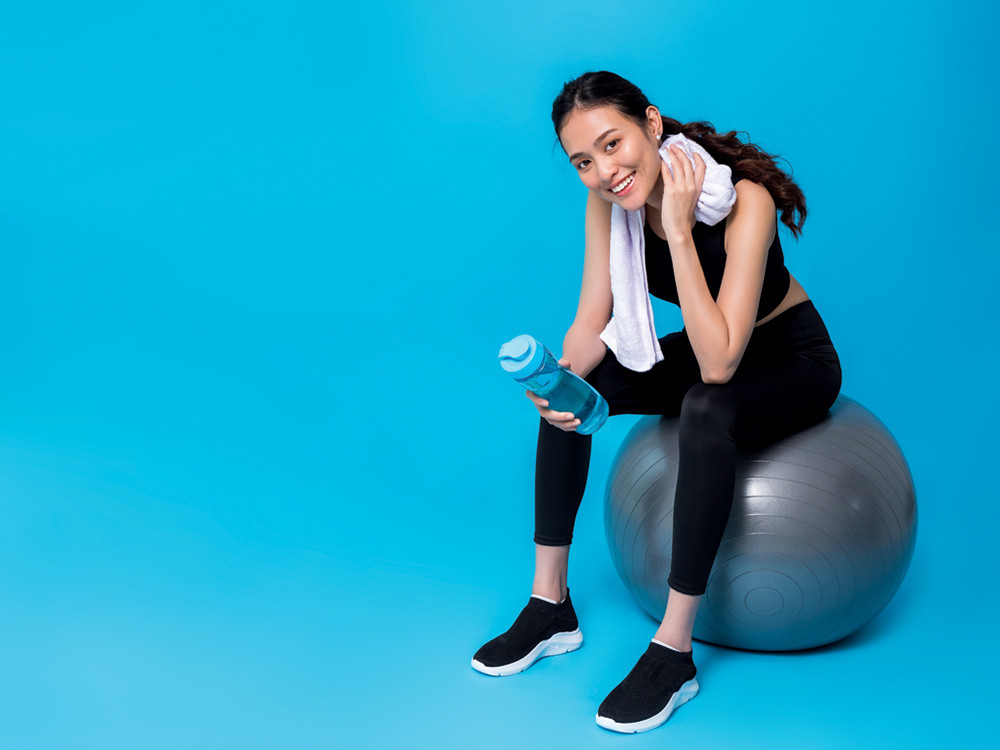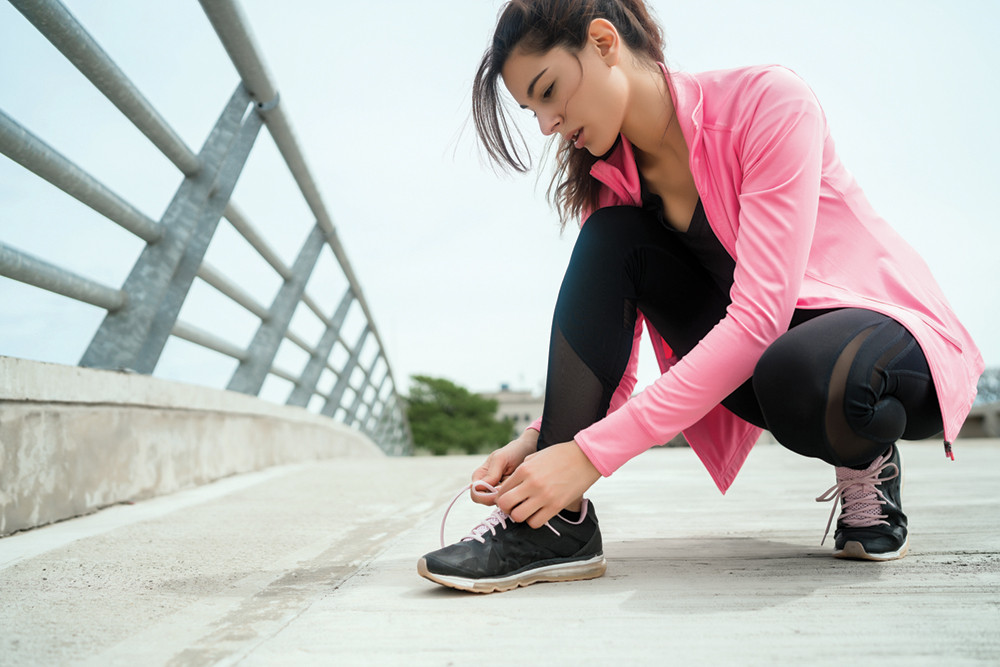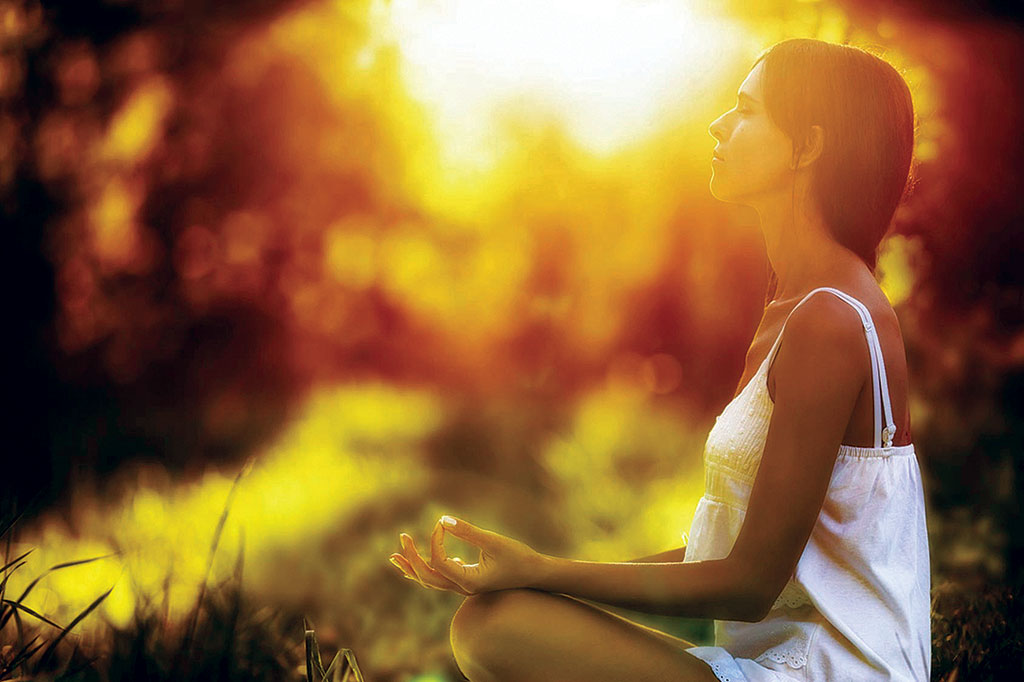
In a highly stressed world where even things we do to enjoy and relax are filled with external stimuli, you often hear recommendations of meditation, deep breathing, yoga, exercise and other methods. Often you are also told to listen to your body. I find that people are happy to read and talk about these practices but fail to really make it a part of their daily lives. Additionally, doing things to tick it off your list does not really result in wellbeing. If you are sitting or your meditation practice and your mind is on something else that you really want to do or need, you’ll defeat the purpose and create more anxiety inside.
The main precursor to stress is your environment, your body and your thoughts. Whether it is everyday traffic or a deadline to meet, whether it is a physical ailment or an ageing process, whether it is negativity, anxiety or an emotional break up, stress is an everyday occurrence, and it can lead to an incredible number of diseases in the body.
It is something you have to adjust to. It is not something that you can avoid completely in life. But what you can do is to learn to change and balance your reaction and response to stress.
One of the simplest techniques that inevitably works is what I call ORA: Observation, Relaxation, Awareness. Observation is applying all your senses to absorb the stimulus in detail. It requires focus and attention to take mental notes. Relaxation is your ability to let loose, release tension and tightness, and open up. Awareness is simply knowing and realising the sensation at hand. For example you can be aware of the sensations of feeling sleepy or hungry.
ORA is a simple yet very effective relaxation and awareness technique which will enhance your ability to focus, de-stress, centralise, recharge and free your flow of energy. To start the process all you need is readiness through self-willingness and clear intention to commit to the practice. You also need a quiet area where you are comfortable and will not be interrupted or disturbed.
To prepare
While performing OAR make sure not to apply any forced effort. It has to be effortless effort. Relax and loosen your entire body and remain completely still for the duration of this practice. Ensure that you are breathing easily and comfortably, and try to find your natural rhythm of breath. The method requires you to shift your attention to a particular area of the body to observe. Relax the area and become aware of the whole process. Similarly work with all the areas in the given order.
Process
Lie down on the floor facing upwards. Your feet should be shoulder width apart heels in toes out and hands six to eight inches away on the sides of the hips with palms facing upwards.
Keep your spine in a straight line and relax your shoulder blades. The head should be in a neutral position.
Close your eyes and analyse your entire posture to assume the most comfortable position. Make necessary adjustments if required.
Begin with a few deep breaths; take deep inhalation and long exhalation.This will help you relax and settle the rate and pace of your breath and also enhance your ability to focus.
Now bring your awareness on the different parts of the body in the sequence mentioned below and if you feel any tightness in the part mentioned, focus on the area and consciously relax yourself.
Legs and hips: toes, soles, insteps, heels ankles, calves, shins, knees, thighs(front, back, inner), hips, pelvis, groin, buttocks
Torso: abdomen, ribcage, diaphragm, left chest, right chest, depression between chest, neck, collar bone shoulder, lower back, middle back, upper back, shoulder blades, trapezius muscle, neck
Shoulder and arms: shoulders, upper arms, elbows, lower arms, wrists, hands and fingers
Spine, head and face: spine from the tail bone to the base of the head, head (back, sides, top), forehead, temples, eyebrows, eyelids, eyes, nose, nostrils, cheeks, lips, teeth , tongue, throat, jaws, inner muscles of the mouth, chin, whole face and ears.
At the end become aware of the whole body and try to sense the whole body in a single frame of observation to reach the last point of your relaxed state.
To finish begin to externalise your senses, take few deep breaths, move and fingers and toes gently and slowly open your eyes.
Note: Expect your mind to waver but bring back your focus. With regular practice, your awareness will grow. When you do this regularly, you will be able to differentiate between external and internal awareness. External awareness is the stimulation of the five senses from the outside world whereas internal awareness is what you feel inside your body both on the physical and emotional levels. The reason we need to focus on the internal is because so much of our attention is constantly directed to the outside world and we do not feel the tension inside our bodies until it becomes a state of high discomfort or disease. While this practice is best done as described above, you can also do it in a public place by scanning your body in your mind for tension and gently relaxing it. This is one of the simplest and most effective means of stress reduction, and I encourage you to make it a part of your life today.
Sandesh Palungwa Limbu, Certified professional fitness instructor, founder of RAGE Fitness, and specialises in mixed martial arts.


